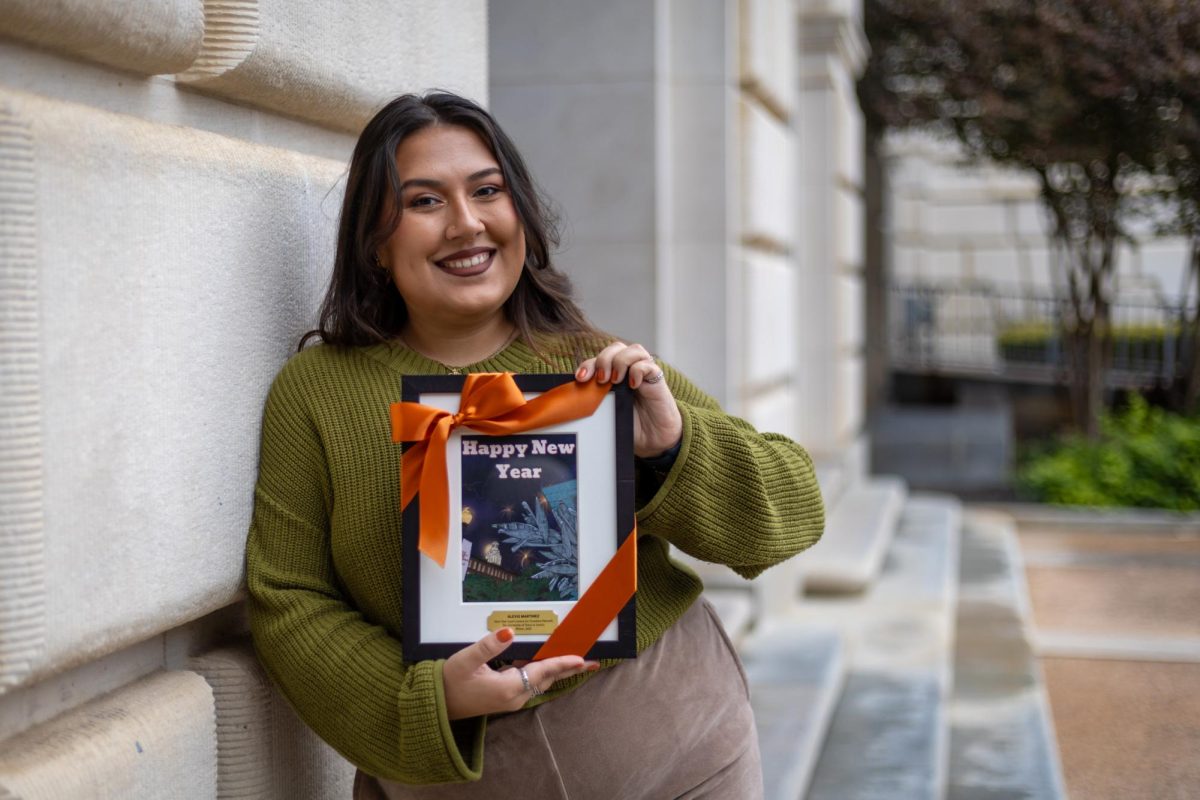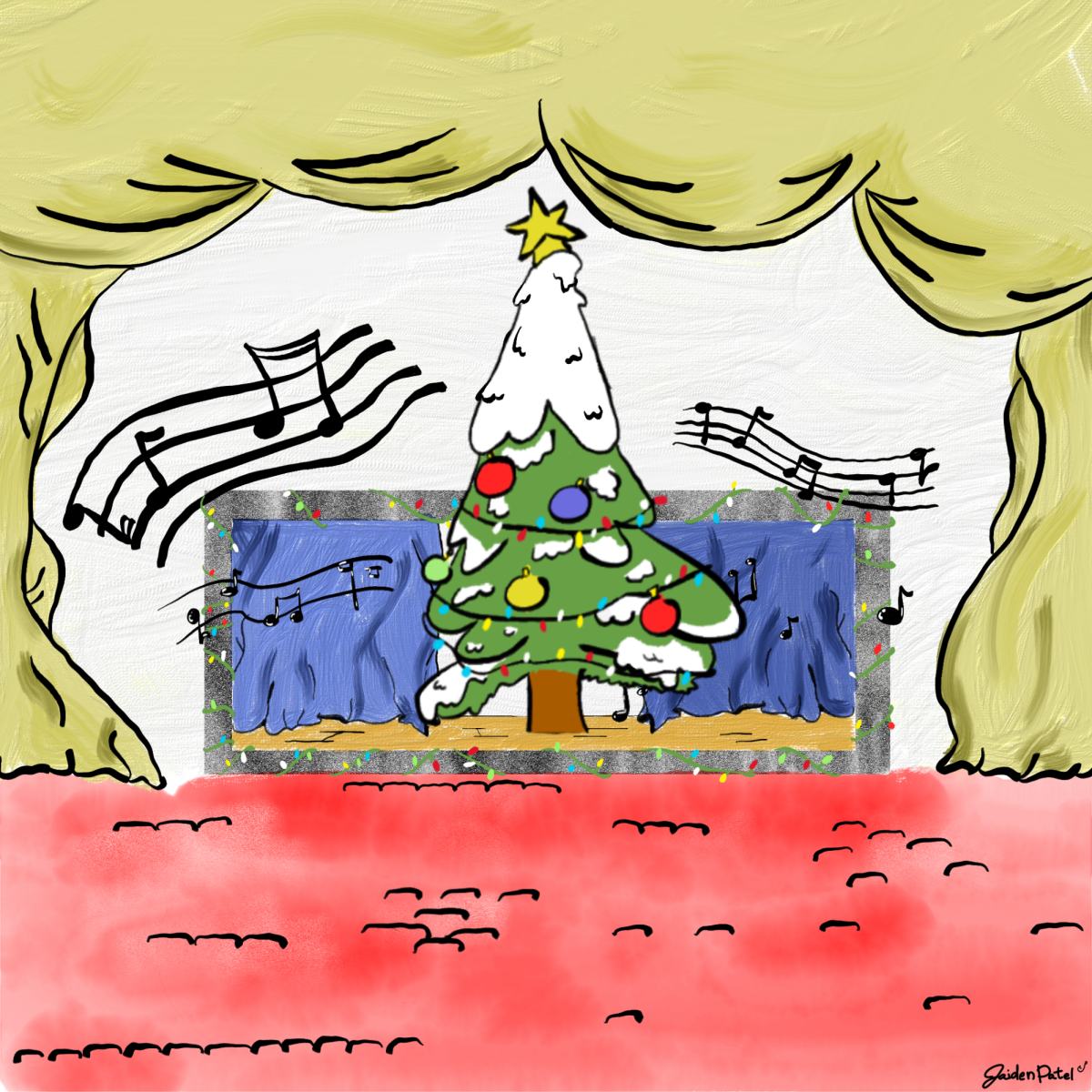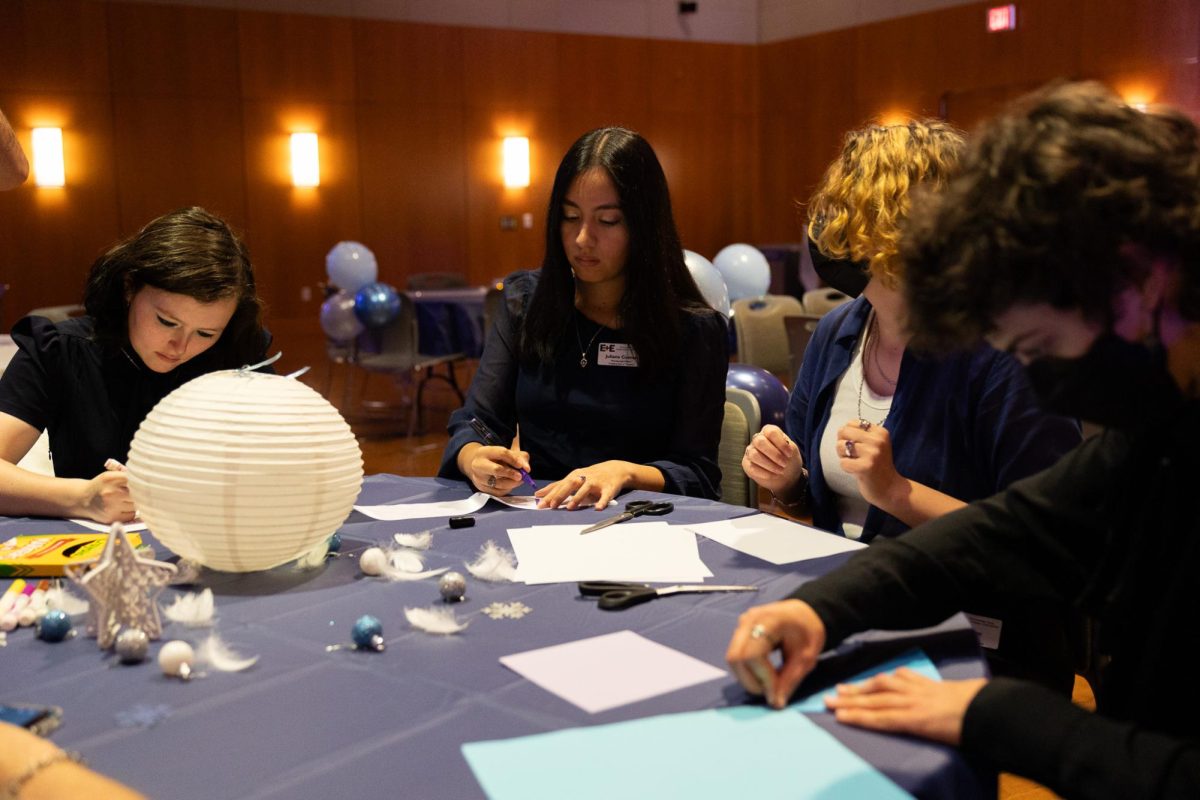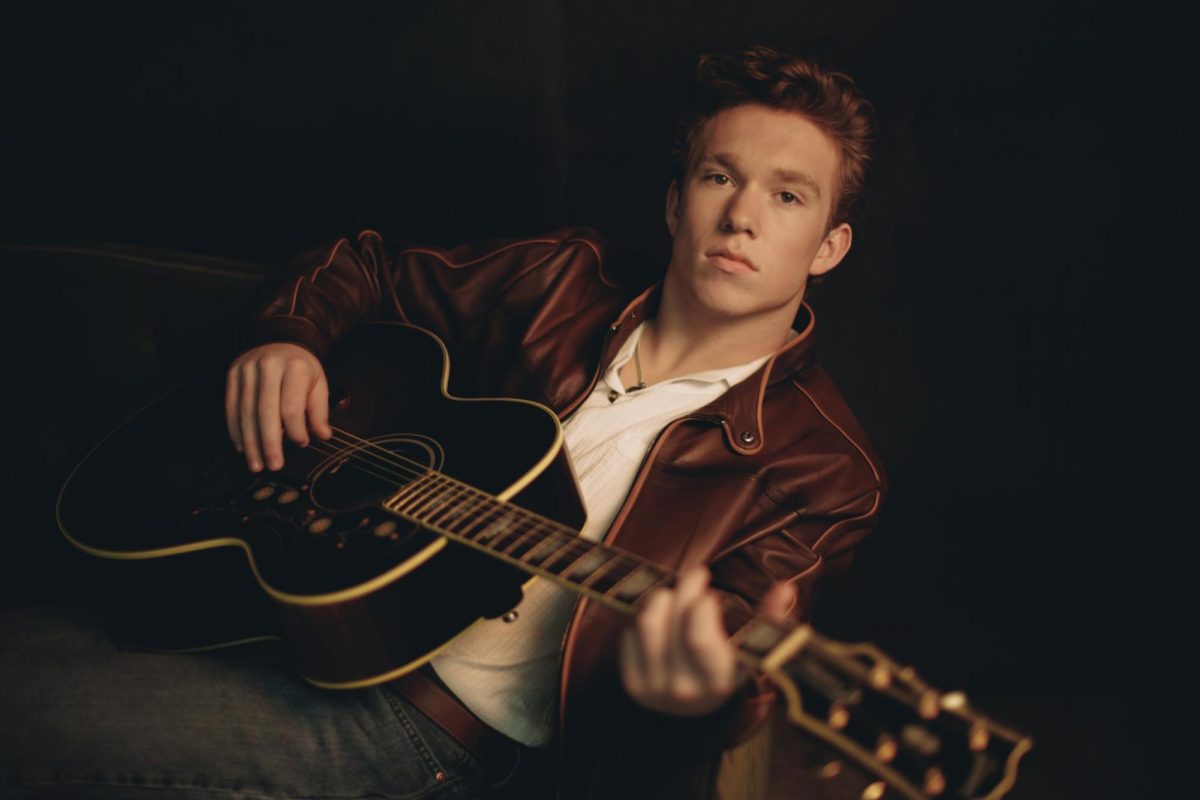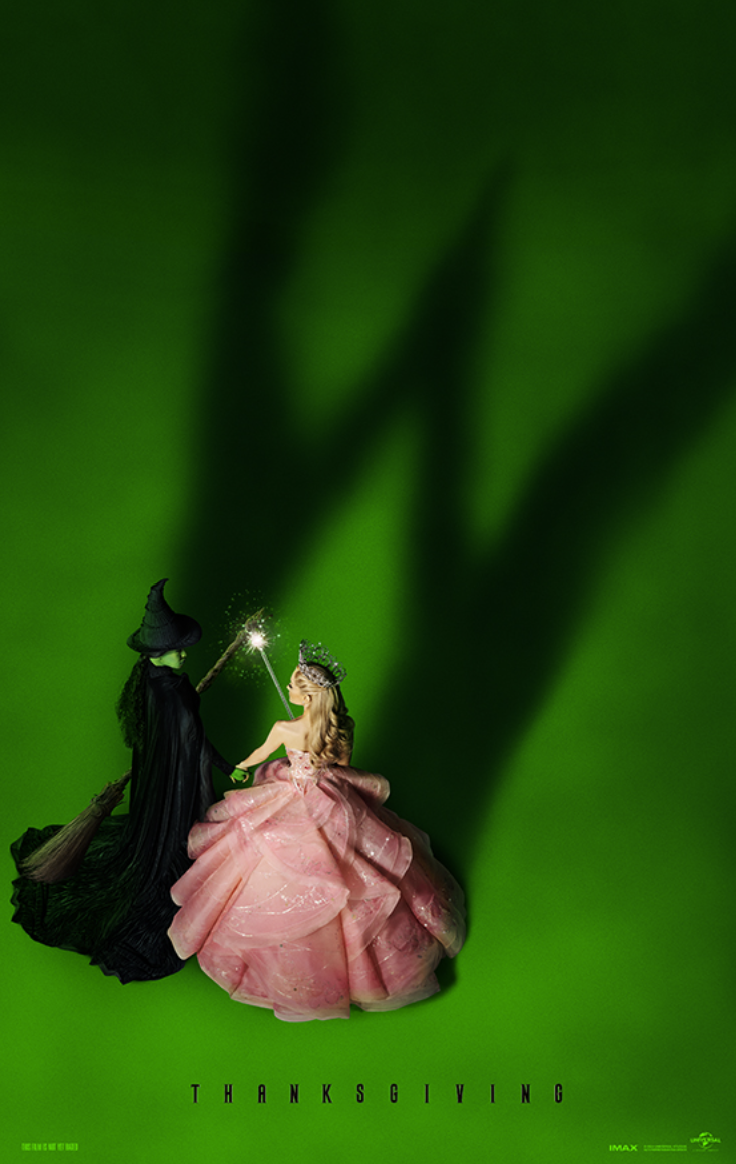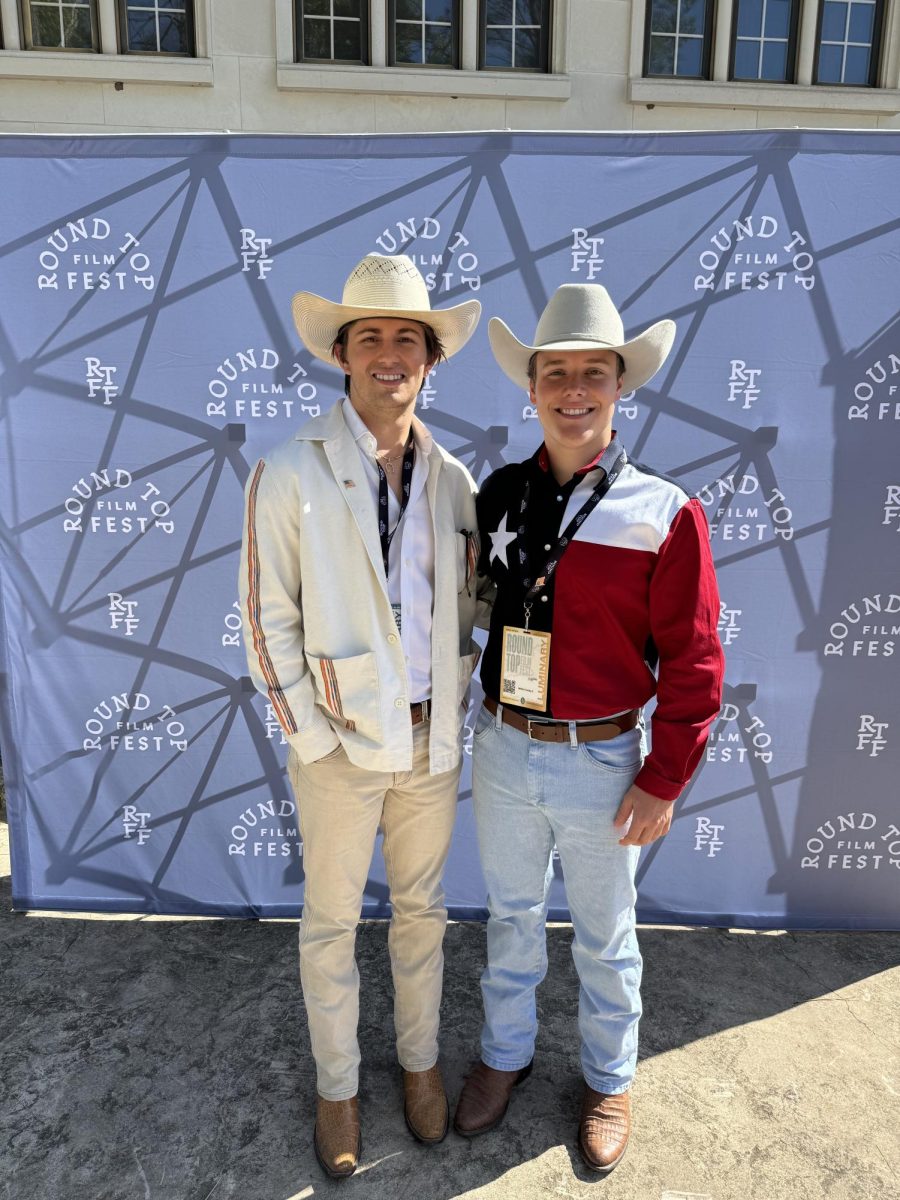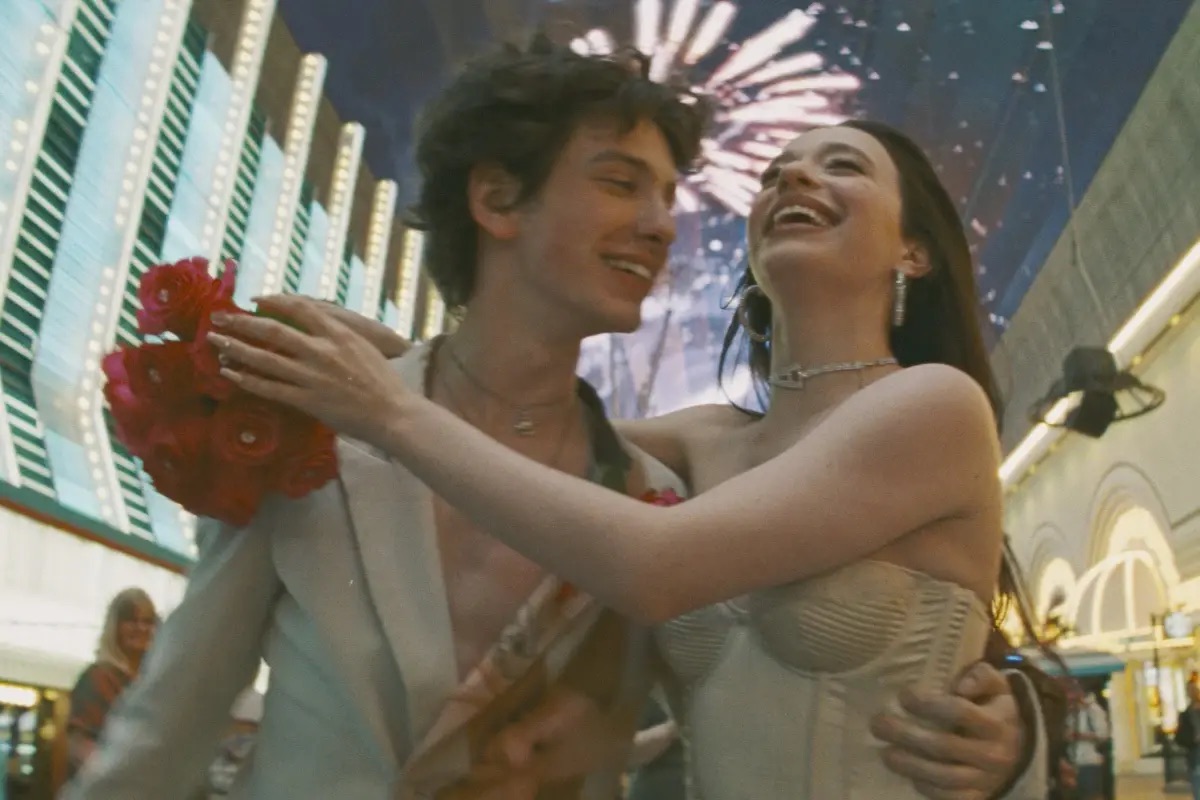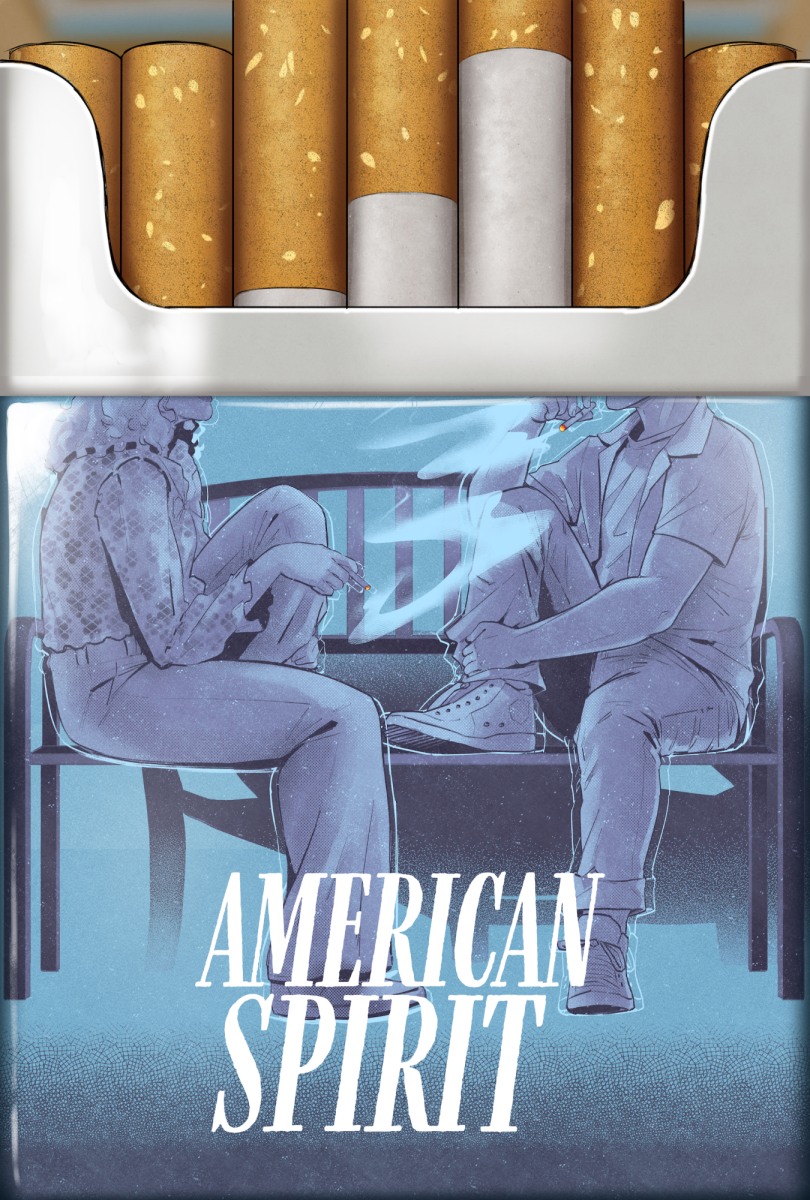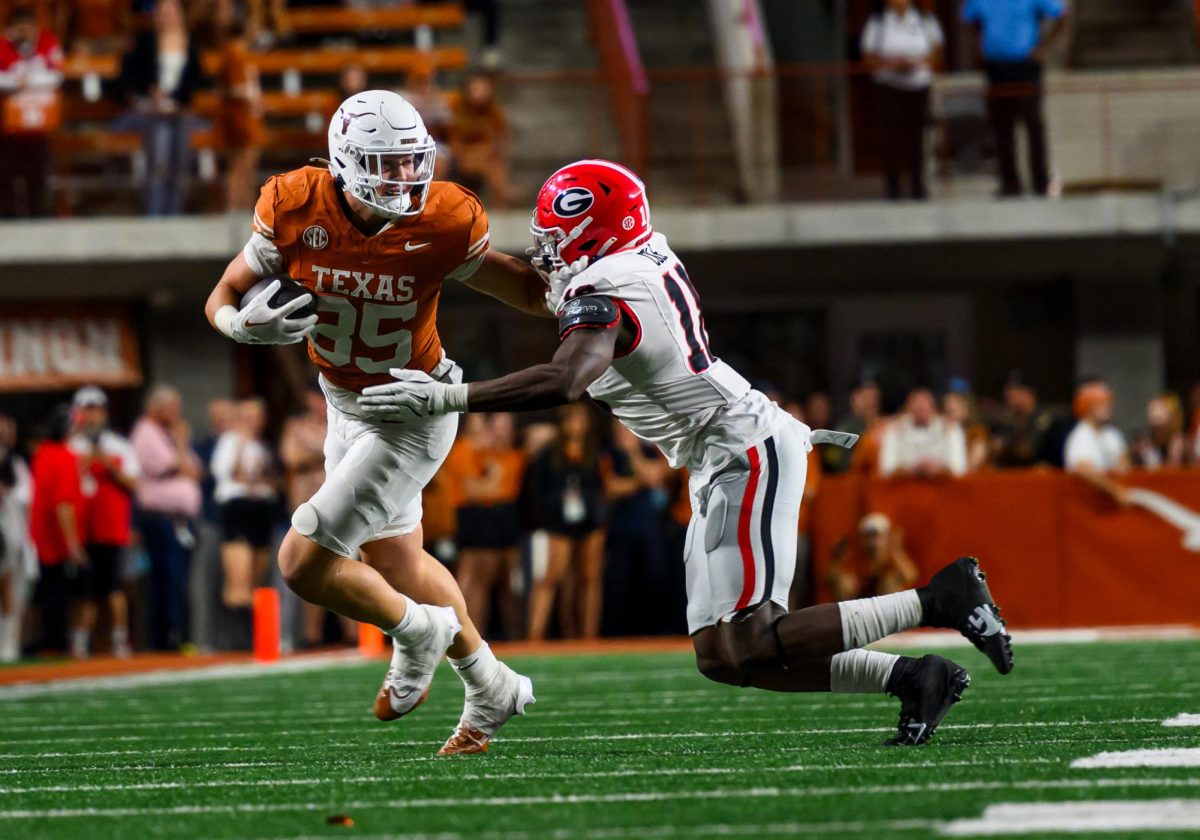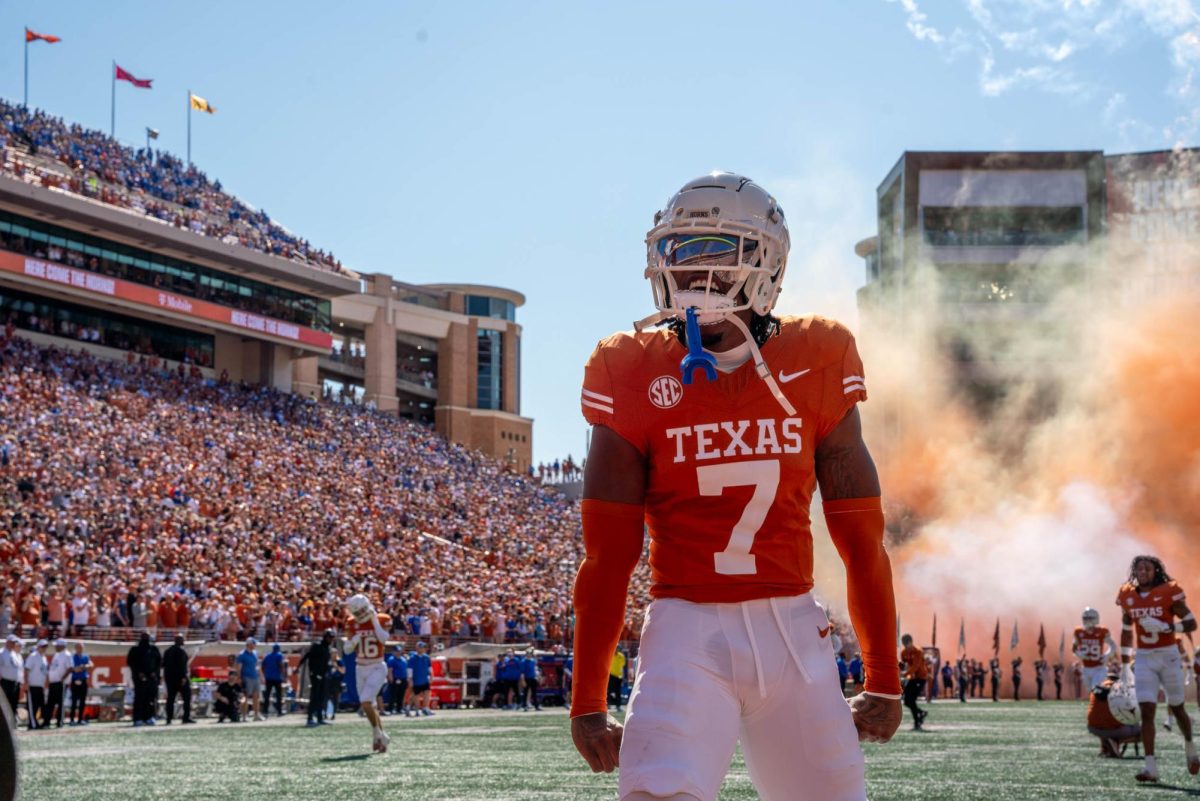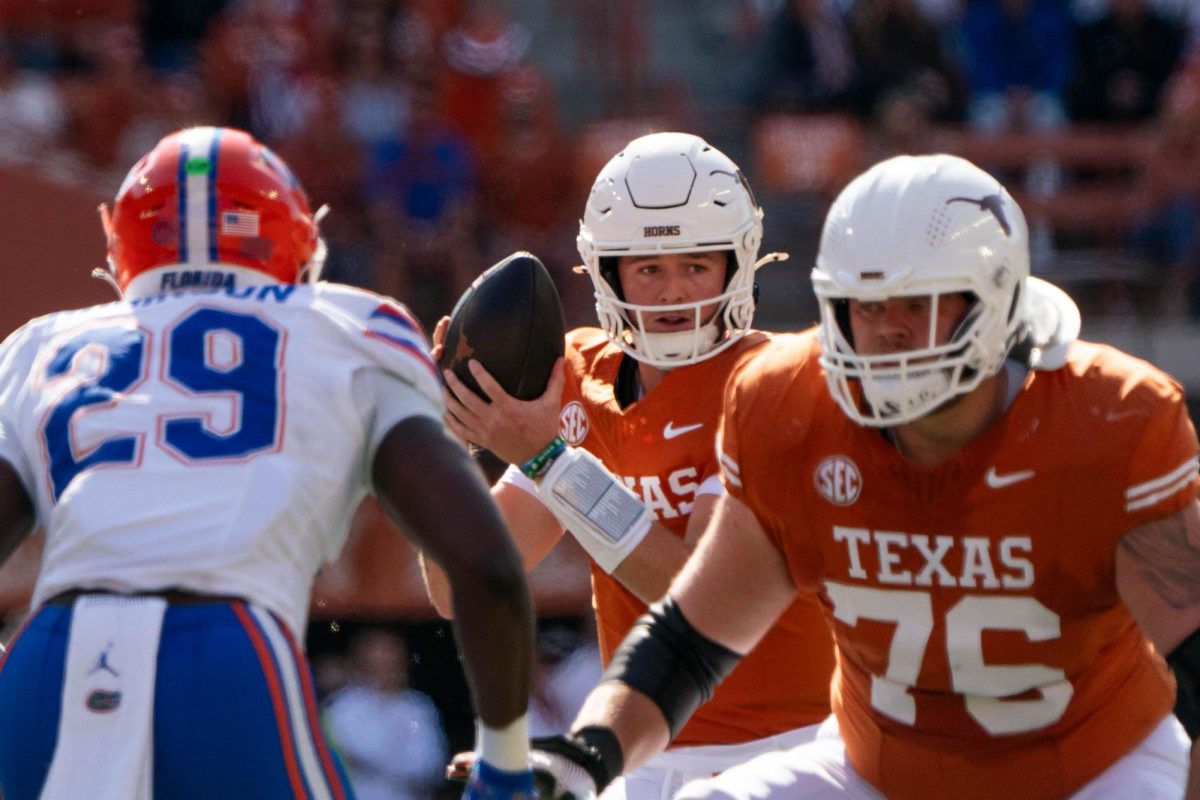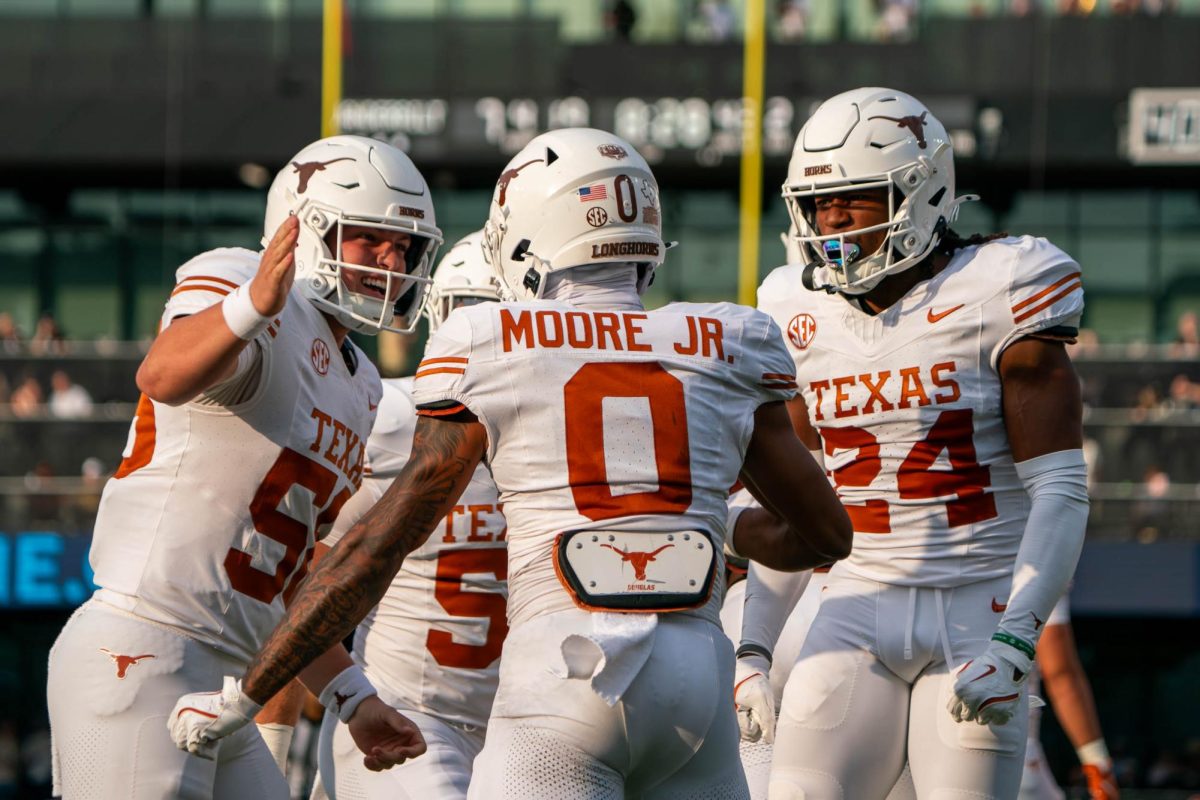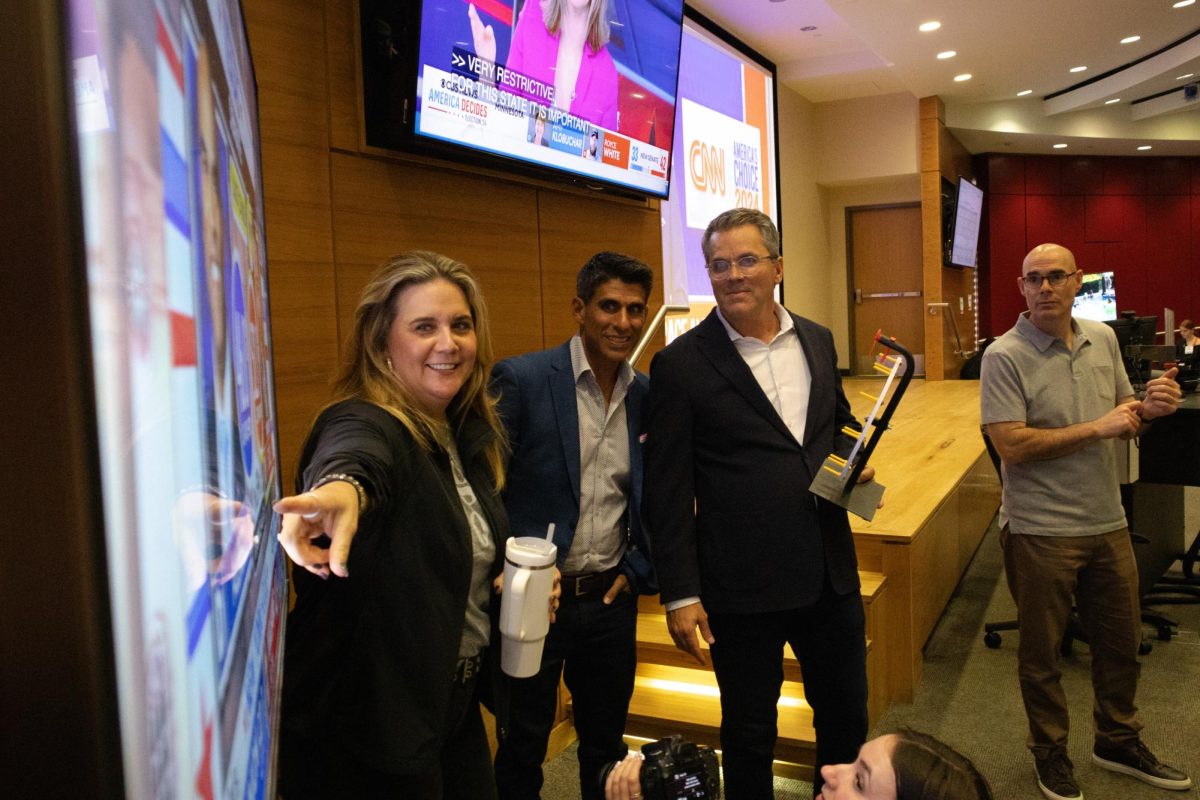As a man, I enjoy manly things such as whiskey and belts made out of rattlesnake. I grow facial hair for sport, and Sam Elliott voices my inner dialogue. I don’t go shopping and have rarely had occasion to go into a Banana Republic — that is until very recently, when the Gap-owned clothing retailer introduced a capsule collection inspired by AMC’s Mad Men. The limited edition series of mid-century apparel was designed in collaboration with Janie Bryant, the show’s costume designer. The line features 65 different easy-to-wear items that can be mixed and matched to create a number of different, stylish ensembles. The collection includes both men’s and women’s apparel.
To promote the new line, Banana Republic sent out style guides that combined the various elements to create looks that emulated those of characters from the show. The guide consisted of inserts of look-alike models posed in different ensembles superimposed with questions such as “Are you a Pete?” As anyone who has watched the show can tell you, no one wants to be a Pete — Pete Campbell doesn’t even want to be a Pete and with good reason, because Pete Campbell sucks.
Two of the more central characters, Jon Hamm’s Don Draper and his increasingly unpalatable ex-wife Betty, portrayed by January Jones, have specific items of clothing that are directly attributed to them. There is the grey, pinstriped three-piece suit referred to in the style guide as “The Don,” and the stylish, high-waisted “Betty dress.”
“Mad Men,” for the uninitiated, is a one-hour television drama about life at a New York City advertising agency on 1960s Madison Avenue. The three-time Emmy Award winner for Outstanding Drama Series begins its fifth season in early 2012. The show employs a strikingly distinctive, chic ‘60s style that has garnered it a number of Creative Arts Emmy Awards including two for Outstanding Art Direction for a Single-Camera Series. Janie Bryant herself is also an Emmy Award winner, albeit for her work on the HBO western series “Deadwood.”
As a cultural phenomenon “Mad Men” has been credited with being the catalyst for a wide variety of trends from the renewed interest in 1960’s fashion to the precipitous rise in breast enlargement surgery among British women in 2010. In January, The Telegraph reported that the British Association of Aesthetic Plastic Surgeons suggested the 10 percent increase in breast implant operations the previous year was due at least in part to the popularity of the show’s curvy star, Christina Hendricks, who portrays plucky office manager Joan Harris.
The show has also had a more than significant impact within the entertainment industry itself. Three musicals set in the 1960s — revivals of “Promises, Promises” and “How to Succeed in Business Without Really Trying” and the new musical “Catch Me If You Can,” based on the 2002 film of the same name — have premiered on Broadway in the last year and two new network television series slated for the fall, ABC’s “Pan Am” and NBC’s “The Playboy Club,” are both set
in 1963.
Given the show’s unparalleled success and far-reaching influence, it should come as no surprise that Banana Republic’s capsule collection isn’t the first thing to attempt to capitalize on the “Mad Men” name. Furniture collections, Barbie dolls, lighters, nail polish and mixology classes have all carried the “Mad Men” name. The idea to produce clothes in the series’ name isn’t even itself a unique idea — Brooks Brothers offered a “Mad-Men Edition” suit during the show’s third season run that was also designed by Bryant and based on an actual suit the company sold during the 1960’s.
Considering all the suits, knock-off television series, revivals of Neil Simon musicals and breast implants, “Mad Men” itself is not as widely known as one might think. The show boasts an average viewership of less than three million, making its cultural clout perhaps all the more impressive.

